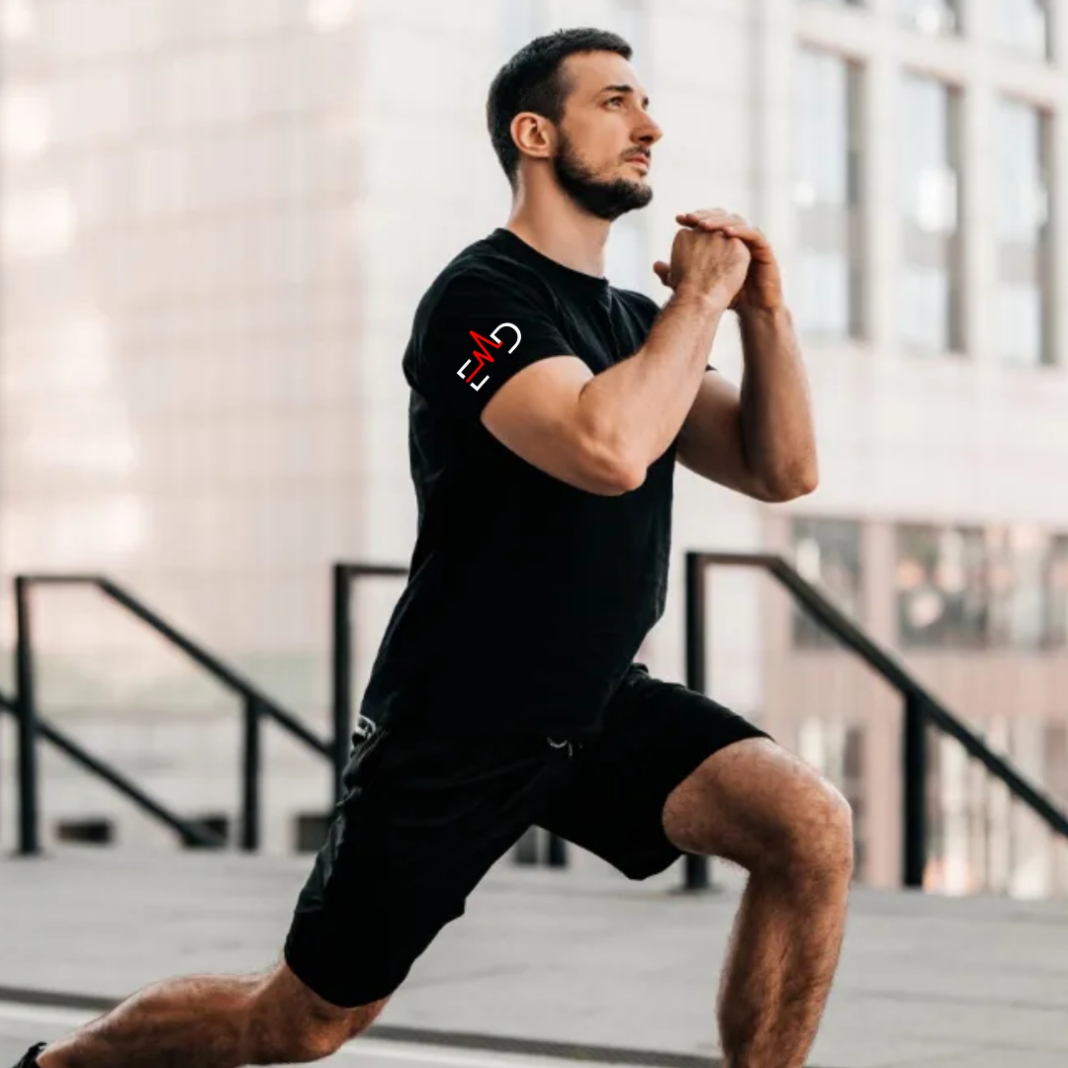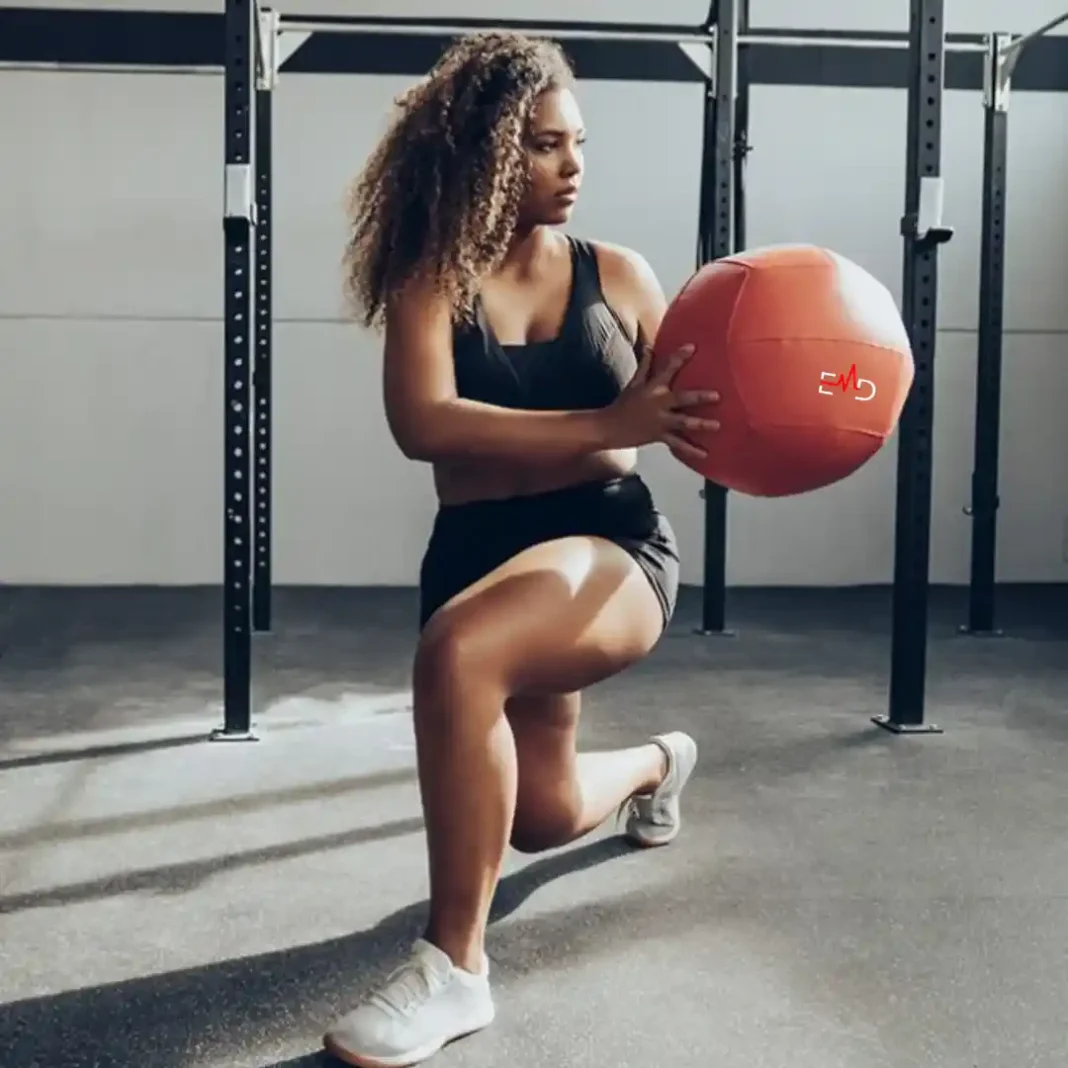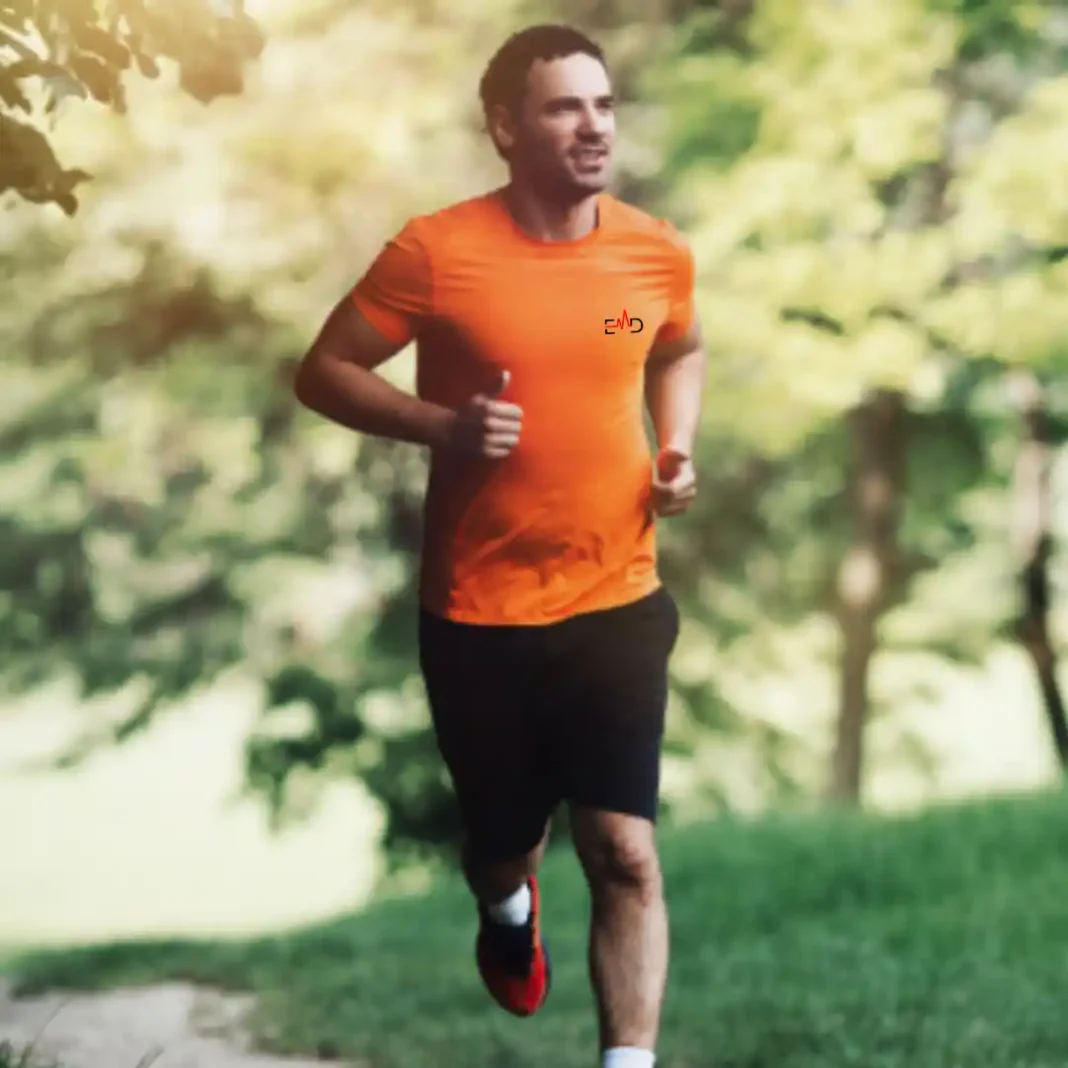Exercise Daily – When it comes to core strengthening, it’s essential for enhancing athletic performance and overall strength. The core isn’t just about visible abs; it consists of deep muscles that stabilize the spine, pelvis, and upper body. These muscles play a pivotal role in improving sports performance by supporting movements, reducing the risk of injuries, and boosting strength and conditioning. Exercises like planks, which involve holding the body parallel to the floor, and those that work opposite arm and leg movements are vital to train your core effectively. These exercises stabilize the spine and strengthen the lower back, contributing to better performance and endurance.
What is Core Strength?
Core strength refers to the ability of your core muscles – including the abdominals, obliques, lower back, and glutes – to work together efficiently. A strong core stabilizes your entire body, making movements more powerful and controlled.
Incorporating the best core exercises for athletes into your routine can significantly impact your training. Exercises that train the core, such as lowering your legs toward the floor or maintaining a position with your hands on the ground, can help athletes build a strong, stable core.
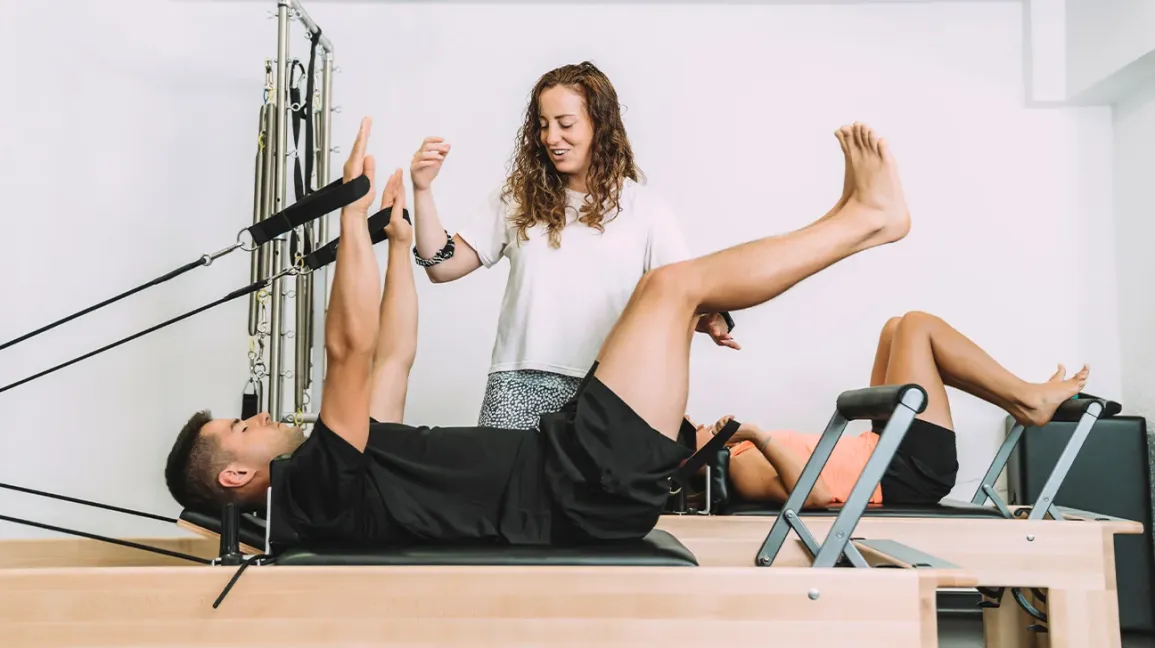
Importance of Core Strength for Athletes
Athletes rely on their core for almost every movement, from sprinting to jumping to lifting. A strong core enhances balance, stability, and overall athletic performance. It also plays a significant role in preventing injuries by supporting proper alignment and posture.
Top 10 Core Exercises for Athletes
Let’s explore the top 10 core exercises athletes should incorporate into their workout routines. These exercises target the entire core, providing a well-rounded approach to core strengthening.
1. Plank
The plank is a fundamental core exercise that engages your entire core. To perform a plank, start in a push-up position with your forearms on the ground. Keep your body straight from head to heels, and hold this position for as long as possible.
2. Russian Twist
The Russian twist targets the obliques and rotational core muscles. Sit on the ground with your knees bent and lean back slightly. Hold a weight or medicine ball and rotate your torso from side to side, touching the weight to the ground on each side.
3. Hanging Leg Raises
Hanging leg raises are excellent for targeting the lower abs. Hang from a pull-up bar with your legs straight. Lift your legs towards your chest, keeping them straight, and slowly lower them back to the starting position.
4. Dead Bug
The dead bug is a beginner-friendly core exercise that improves stability. Lie on your back with your arms extended towards the ceiling and your knees bent at 90 degrees. Lower your right arm and left leg towards the floor simultaneously, then return to the starting position and repeat with the opposite limbs.
5. Ab Wheel Rollouts
Ab wheel rollouts are challenging but effective for the entire core. Kneel on the ground with the ab wheel in front of you. Roll the wheel forward, extending your body into a straight line, then back to the starting position. Keep your core tight throughout the movement.
6. Leg Raise
Leg raises target the lower abs and hip flexors. Lie on your back with your legs straight. Lift your legs towards the ceiling, then slowly lower them back down without letting them touch the floor.
7. Glute Bridge
The glute bridge strengthens the glutes and lower back. Lie on your back with your knees bent and feet flat on the floor. Lift your hips towards the ceiling, squeezing your glutes at the top, then lower back to the starting position.
8. Barbell Rollouts
Barbell rollouts are similar to ab wheel rollouts but use a barbell. Load a barbell with light weights and place it on the floor. Kneel behind the barbell and grip it with both hands. Roll the barbell forward, extending your body, then roll it back to the starting position.
9. Mountain Climbers
Mountain climbers are a dynamic exercise that engages the entire core. Start in a plank position, bring one knee towards your chest, then switch legs quickly as if running in place. Keep your core tight and back straight.
10. Rotational Movements
Rotational movements are crucial for athletes involved in sports that require twisting motions. Exercises like cable rotations or medicine ball throws improve rotational strength and stability. Stand with your feet shoulder-width apart and hold a cable or medicine ball. Rotate your torso to one side, then back to the other, engaging your core throughout.
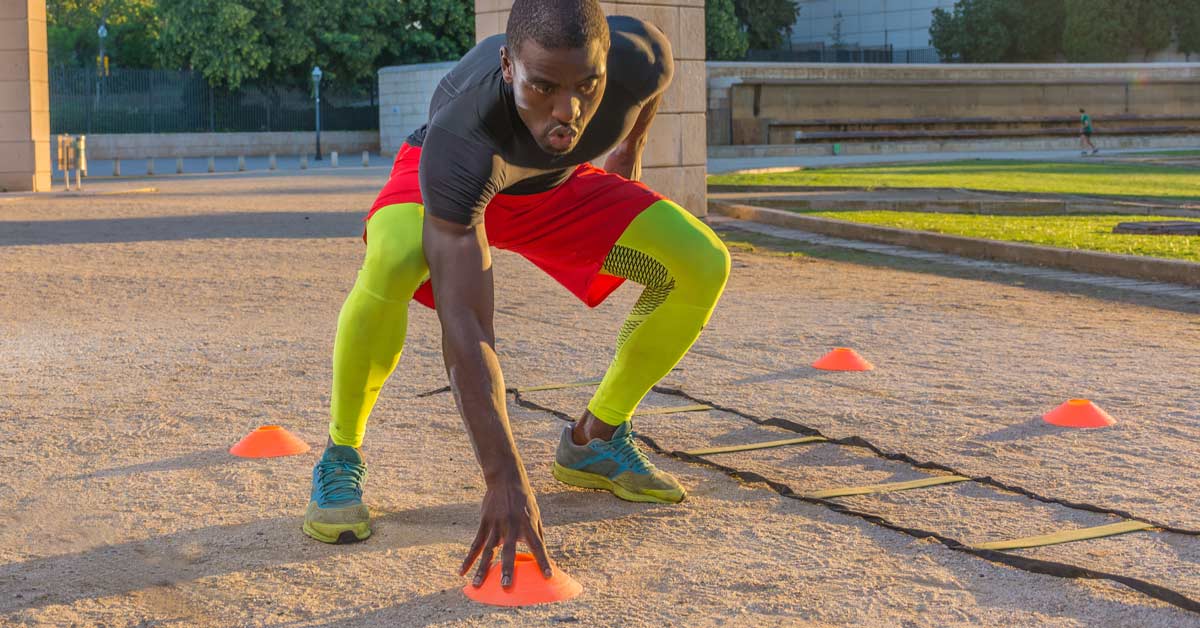
How to Incorporate Core Exercises into Your Routine
Incorporating core exercises into your routine is simple. Start with 2-3 core exercises at the end of your workout, performing 3-4 sets each. Gradually increase the intensity and complexity of the exercises as your core strength improves. Remember to keep your core tight and focus on proper form to maximize effectiveness.
Working the core with targeted exercises will enhance your strength and endurance if you’re a beginner or an advanced athlete. For optimal results, it’s recommended to perform core work in sets, holding each position for at least 10 seconds to stabilize the spine and effectively brace the deep core muscles.
Common Mistakes to Avoid in Core Training
Avoid these common mistakes to get the most out of your core workouts:
- Not engaging your core properly.
- Using momentum instead of muscle strength.
- Neglecting lower back exercises.
- Overtraining without proper rest.
- Focusing solely on ab exercises and ignoring other core muscles.
Tips from a Strength Coach
Strength coaches believe consistency and variety are key to effective core training. Incorporate different exercises that target various core muscles and challenge your stability. Also, don’t forget to pair your core workouts with proper nutrition and rest for optimal results.
Benefits of a Strong Core Beyond Athletics
A strong core isn’t just beneficial for athletes. It improves overall posture, reduces the risk of lower back pain, enhances daily movements, and boosts confidence. Whether you’re an athlete or not, incorporating core exercises into your routine can significantly improve your quality of life.
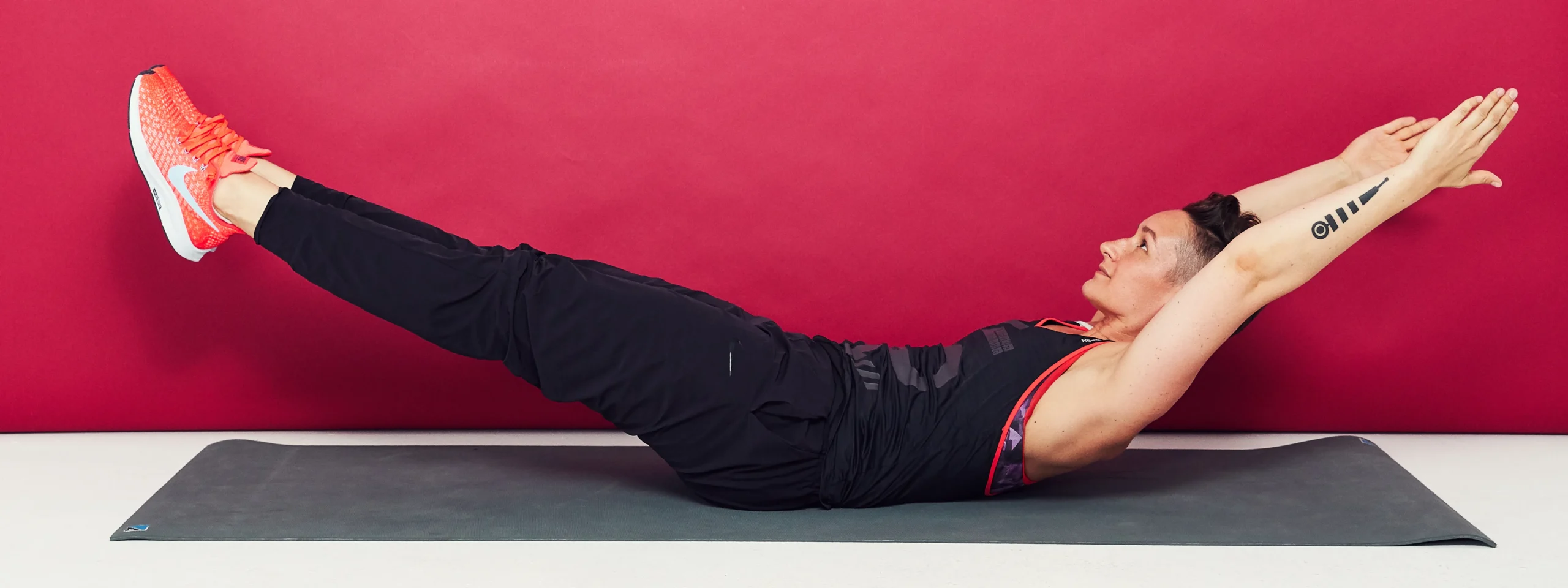
Core Training for Different Sports
Core Training for Runners
Runners benefit greatly from a strong core, which helps maintain proper running form and reduces the risk of injuries. Incorporate planks, Russian twists, and leg raises into your routine to enhance your running performance.
Core Training for Swimmers
Swimmers rely on their cores for efficient strokes and stability in the water. Exercises like the dead bug, mountain climbers, and glute bridges improve swimming performance.
Core Training for Cyclists
Cyclists need a strong core to maintain balance and power during rides. Hanging leg raises, ab wheel rollouts and rotational movements can help cyclists build the necessary core strength for optimal performance.
Advanced Core Exercises for Athletes
Medicine Ball Slams
Medicine ball slams are an explosive exercise that targets the entire core. Stand with your feet shoulder-width apart, lift a medicine ball overhead, and slam it to the ground with maximum force. Catch the ball on the rebound and repeat.
Cable Woodchoppers
Cable woodchoppers are great for rotational strength. Attach a handle to a high pulley and stand beside the machine. Pull the handle down and across your body, rotating your torso, and return to the starting position. Repeat on both sides.
TRX Pikes
TRX pikes are an advanced exercise that challenges your entire core. Set up TRX straps and place your feet in the handles. Start in a plank position and lift your hips towards the ceiling, forming a pike position. Return to the starting position and repeat.
How to Progress Your Core Workouts
To continue progressing, it’s essential to challenge your core with progressively harder exercises. Increase the weight, add instability (such as using a stability ball), or incorporate compound movements that engage multiple muscle groups.
The Role of Nutrition in Core Strength
Nutrition plays a significant role in building a strong core. A balanced diet rich in protein, healthy fats, and complex carbohydrates provides the energy and nutrients needed for muscle growth and recovery. Stay hydrated and avoid processed foods for optimal results.
Rest and Recovery for Core Training
Rest and recovery are crucial for core training. Allow your muscles time to recover between workouts to prevent overtraining and injury. Incorporate stretching and foam rolling into your routine to improve flexibility and reduce muscle soreness.
The Importance of Consistency in Core Training
Consistency is key to building a strong core. Stick to your core workout routine and gradually increase the intensity and complexity of the exercises. Track your progress and stay motivated by setting achievable goals.

Conclusion
Building a strong core is essential for athletes and non-athletes alike. The exercises outlined in this article provide a comprehensive approach to core training, helping you build strength, improve stability, and enhance performance. Start incorporating these core exercises into your routine today and experience the benefits of a powerhouse core.
FAQs – Building a Powerhouse Core: Core Exercises for Every Athlete
Q: How often should I do core exercises?
A: Add core exercises into your routine 3-4 times weekly. Ensure you give your muscles time to recover between workouts.
Q: Can I do core exercises every day?
A: While it’s possible to do core exercises daily, listening to your body and avoiding overtraining is essential. Include rest days to allow your muscles to recover.
Q: How long does it take to see results from core exercises?
A: Results vary depending on individual factors, but with consistent training and proper nutrition, you may start to see improvements in core strength and stability within 4-6 weeks.
Q: Are core exercises enough to get a six-pack?
A: Core exercises alone are not enough to achieve a six-pack. Combining core workouts, cardiovascular exercise, and a healthy diet is essential for reducing body fat and revealing abdominal muscles.
Q: Can core exercises help with lower back pain?
A: Yes, strengthening your core can help alleviate lower back pain by improving posture and providing better support for your spine. However, consult a healthcare professional before starting any new exercise routine if you have chronic back pain.

